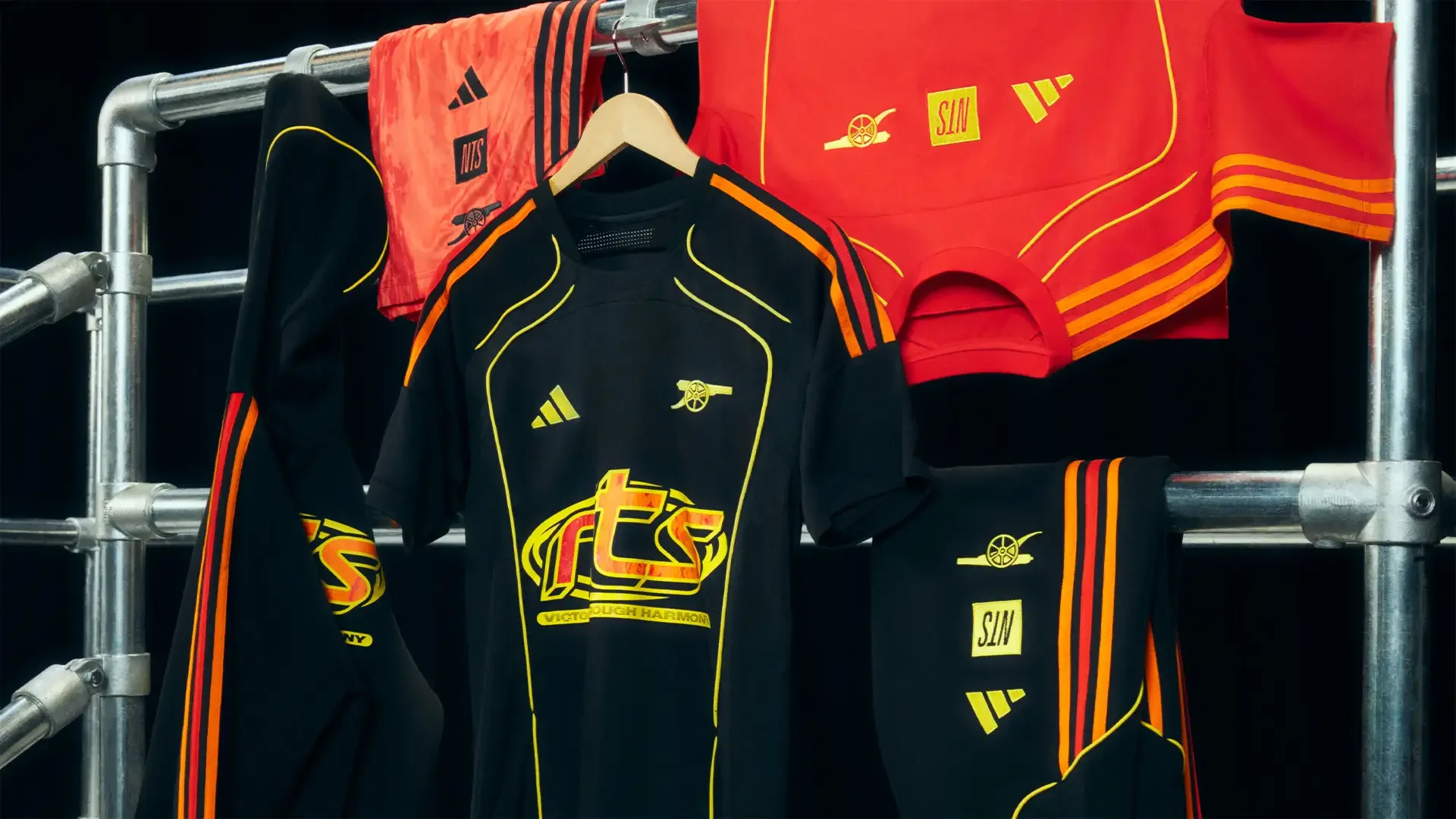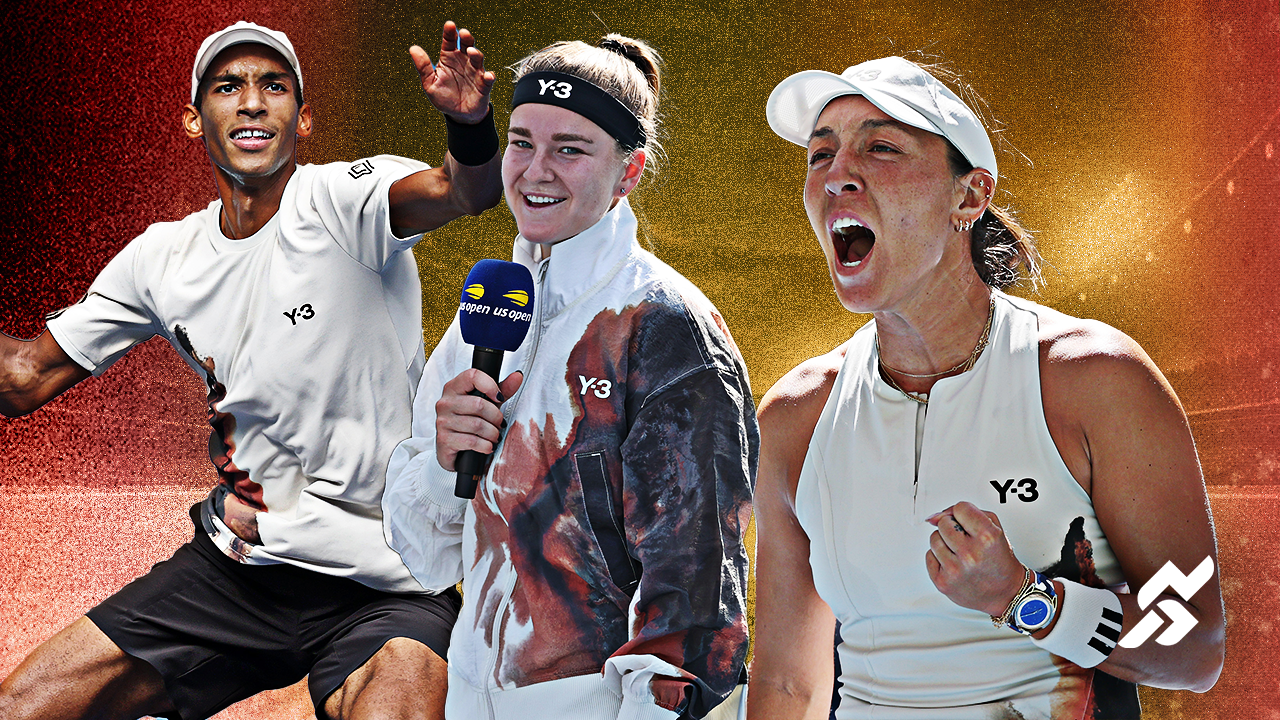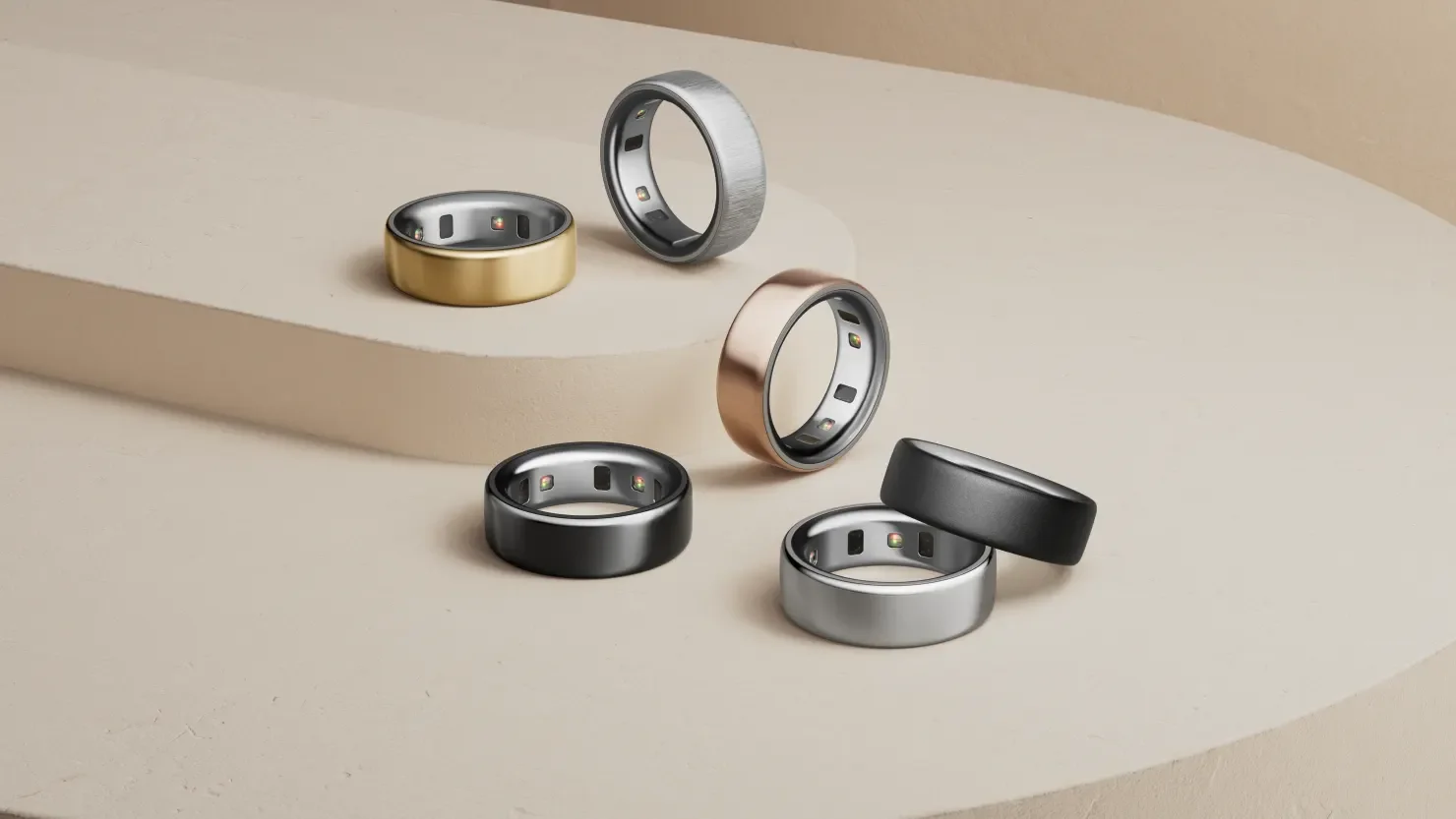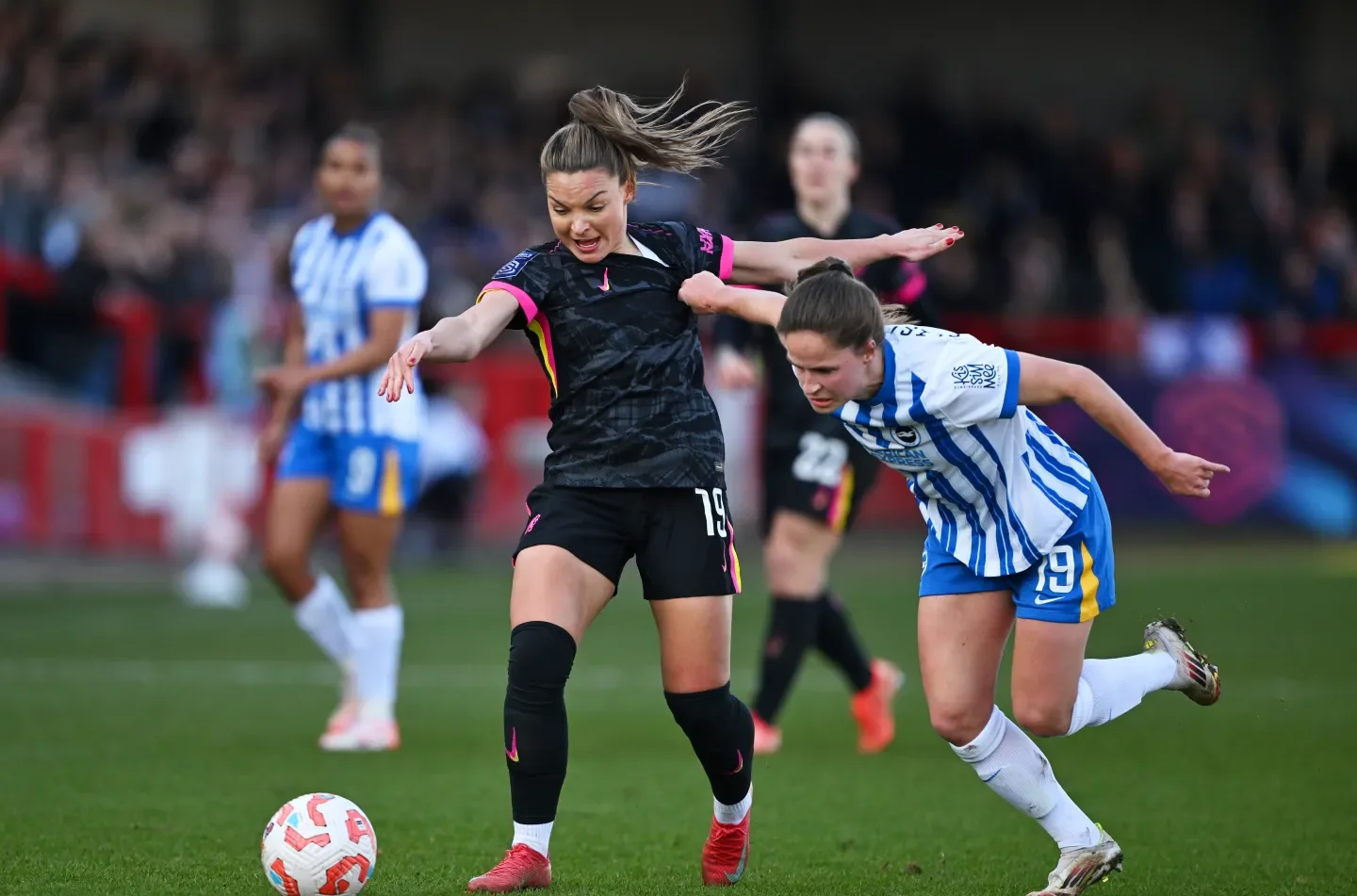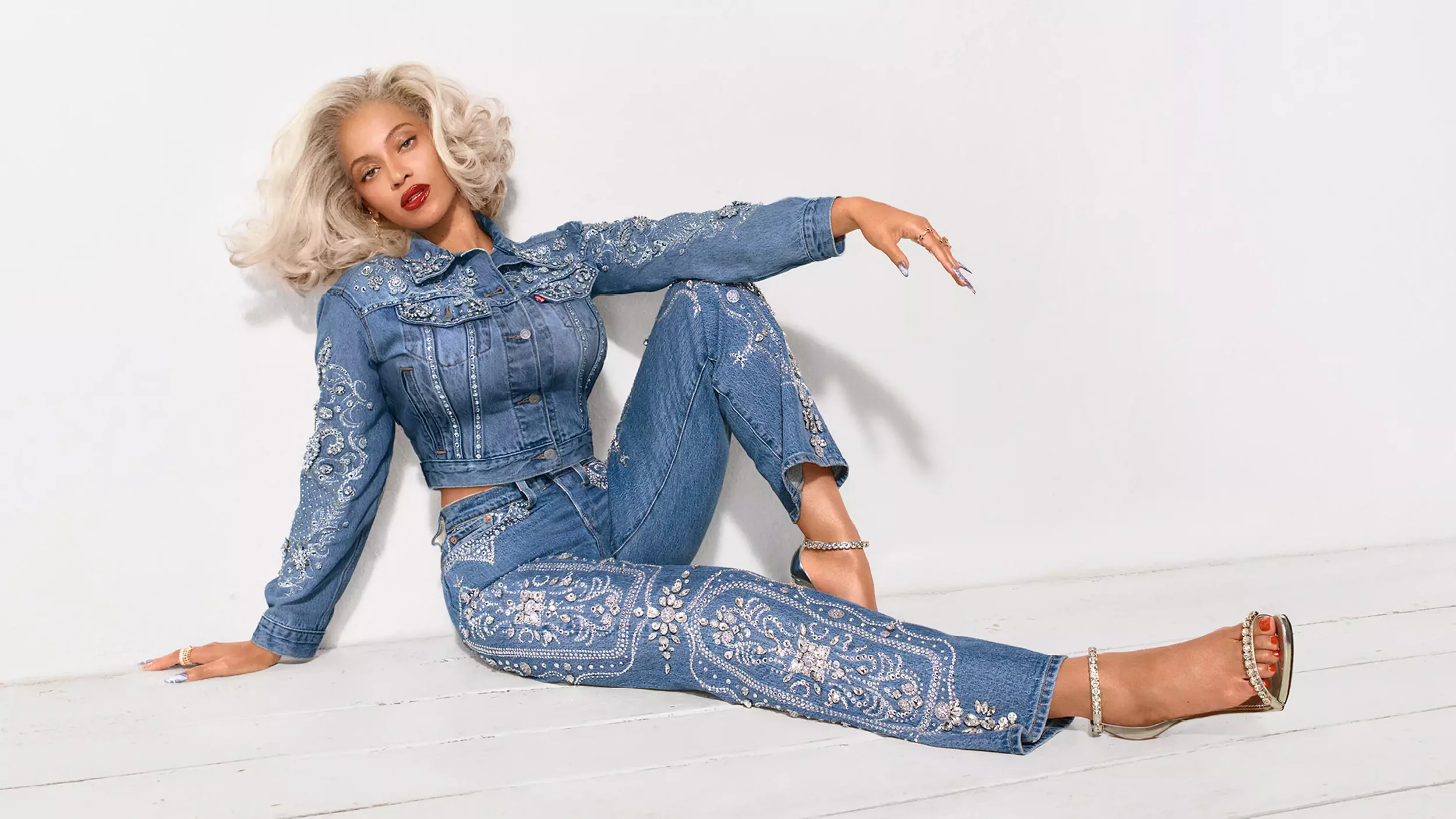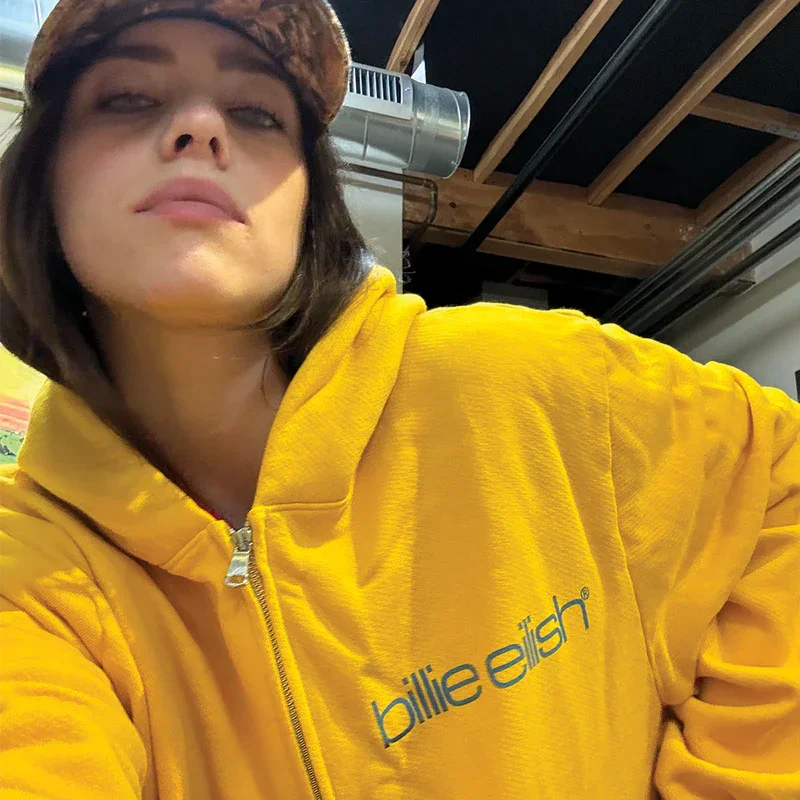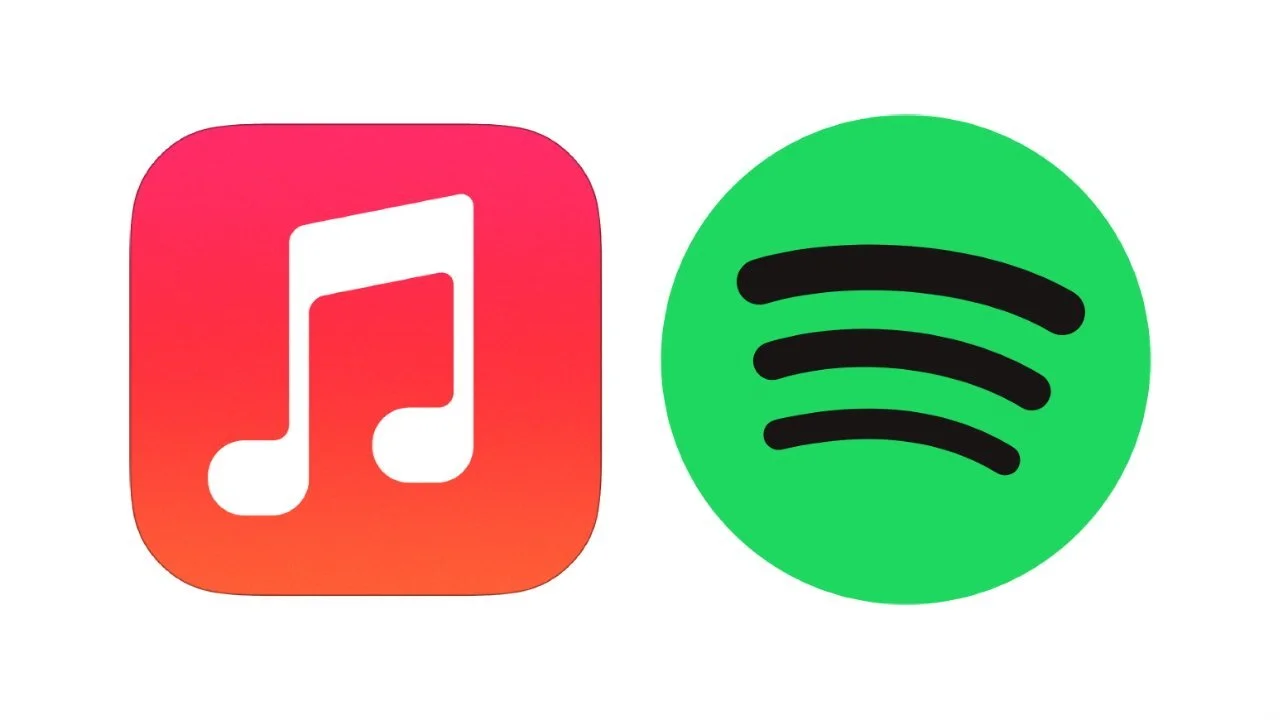TikTok isn’t just where movie trailers go viral anymore — it’s now where you can buy your seat. In a new partnership with Fandango, TikTok will allow users to purchase tickets directly in-app, starting with Disney’s Tron: Ares. This integration runs through TikTok Spotlight, the platform’s vertical dedicated to film and TV, and introduces a frictionless “Get Tickets” button that bridges hype with action.
For Disney and Fandango, this isn’t just a distribution tweak. It’s a test of whether TikTok’s cultural influence can convert buzz into box office revenue.
📊 Supporting Stats
50% of U.S. TikTok users have discovered a new movie on the platform, according to Fandango.
36% say TikTok inspired them to take action — from looking up showtimes to buying tickets.
TikTok reported 150M+ U.S. active users in 2023, making it one of the most powerful awareness-to-action pipelines in entertainment.
For context, Gen Z now accounts for 27% of U.S. moviegoers (MPA, 2024), making their behaviour central to theatrical success.
🧠 Decision: Did It Work?
Strategically, yes. This move addresses a long-standing industry gap: converting social buzz into actual box office sales. TikTok already shapes audience sentiment; now it shapes sales. For Tron: Ares, a sequel with cult IP but a mixed mainstream record, being able to capture Gen Z and millennial attention in-platform could be decisive.
However, the risk is over-reliance on hype cycles. TikTok virality is unpredictable, and a ticket button doesn’t guarantee conversion if the content itself doesn’t sustain interest. Still, as a test case, this partnership is well-timed — Disney gets a controlled rollout on a fan-driven title, while TikTok positions itself as an entertainment commerce hub.
📌 Key Takeouts
What happened: TikTok and Fandango launch in-app movie ticketing, debuting with Disney’s Tron: Ares.
What worked: Direct path from discovery to purchase; aligns with Gen Z consumption habits; strengthens TikTok’s entertainment credibility.
What’s risky: Conversion depends heavily on movie hype; could be more effective for blockbusters than niche titles.
What it signals: Social platforms are moving deeper into commerce integration — not just influencing culture, but monetising it.
For marketers: The line between media, commerce and fandom is collapsing. Campaigns must design for conversion at the point of hype, not weeks later.
🔮 What We Can Expect Next
If successful, expect TikTok to roll out the feature across more tentpole releases, potentially bundling exclusive clips or influencer-led promo with ticketing. Other platforms (YouTube Shorts, Instagram Reels, even Twitch) will be forced to consider similar integrations to keep pace.
The bigger question: does this mark the start of social platforms becoming the new box office lobby? If audiences adapt, the era of “discovery somewhere, purchase elsewhere” could quickly fade — with TikTok owning the funnel from hype to seat.

